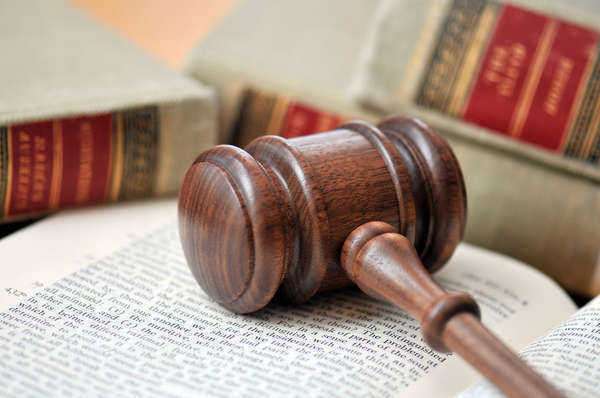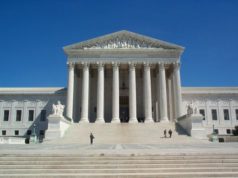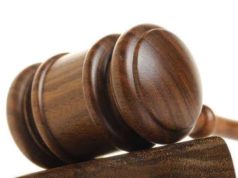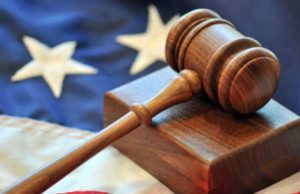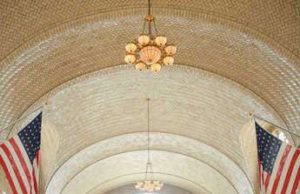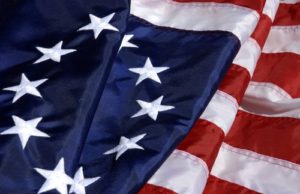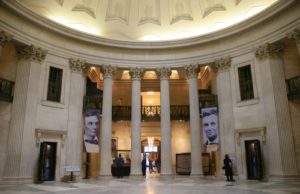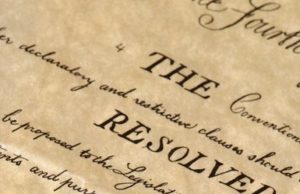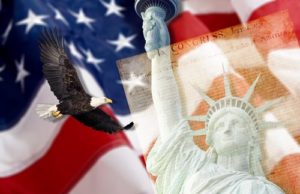Table of Contents

Introduction
The Supreme Court of the United States is the highest court in the country, and it plays a vital role in safeguarding the First Amendment right to free speech. However, the Supreme Court has also been involved in cases that deal with censorship. Censorship is the suppression or removal of any form of expression that is deemed offensive or undesirable. This can take many forms, including book banning, film censorship, and internet regulation. In this article, we will explore the Supreme Court censorship, its history, and the contemporary challenges it faces.
History of Supreme Court Censorship
The First Amendment of the United States Constitution guarantees the right to freedom of speech, religion, press, and assembly. The Supreme Court has played a significant role in upholding these rights, including the right to free speech. However, this does not mean that the Court has always been consistent in its approach to censorship.
In the early years of the Republic, there was widespread censorship by the government. This included the Alien and Sedition Acts of 1798, which criminalized any criticism of the government by the press. In 1915, the Supreme Court issued its first major censorship ruling in the case of Mutual Film Corporation v. Industrial Commission of Ohio. The Court upheld a state law that required all films to be screened and approved before exhibition. The Court held that movies were a business, and therefore did not enjoy the same constitutional protections as other forms of expression.
In the 20th century, the Supreme Court began to take a more expansive view of the First Amendment right to free speech. In 1931, in the case of Near v. Minnesota, the Court held that prior restraints on the press were unconstitutional. This meant that the government could not prevent a newspaper from publishing a story before it was printed. In 1957, the Court extended this rule to cover radio and television in the case of NBC v. United States. The Court held that the FCC’s attempt to stop a television broadcast was an unconstitutional prior restraint.
In the 1960s, the Court began to apply the First Amendment to other areas of censorship. In the landmark case of New York Times v. Sullivan, the Court held that the First Amendment provided an absolute defense to defamation cases unless the plaintiff could prove the statement was made with actual malice. This ruling protected journalists and other speakers from being sued for defamation in situations where they had reported on matters of public concern.
In the 1970s, the Court began to confront the issue of obscenity. In the case of Miller v. California, the Court defined obscenity as material that appeals to prurient interests, lacks serious literary, artistic, political, or scientific value, and is patently offensive. This definition has been used to determine what type of speech is protected by the First Amendment and what is not.
Contemporary Supreme Court Censorship
In recent years, the Supreme Court has had to confront new forms of censorship that were not anticipated by the Founding Fathers. One of the most significant challenges has been internet censorship. The internet has revolutionized communication and made it possible for individuals to express themselves in ways that were unimaginable just a few decades ago. However, this newfound freedom of expression has also created difficulties for courts in trying to regulate speech.
In 1997, Congress passed the Communications Decency Act (CDA), which sought to regulate indecent and obscene material on the internet. The law required internet service providers to block access to content that was deemed inappropriate for minors. The Supreme Court struck down key provisions of the CDA in the case of Reno v. ACLU. The Court held that the law was too broad and violated the First Amendment right to free speech.
Since the Reno decision, the Supreme Court has continued to confront issues of internet censorship. One of the most significant cases was Reno v. American Civil Liberties Union (ACLU) II in 2000. The Court struck down a provision of the Child Online Protection Act (COPA) that made it a crime to knowingly distribute material harmful to minors over the internet. The Court held that the law was too vague and did not provide adequate protection for free speech.
Another challenge facing the Supreme Court in recent years has been the issue of campaign finance censorship. In the case of Citizens United v. Federal Election Commission, the Court held that the government could not restrict independent expenditures by corporations and labor unions in political campaigns. The Court held that the First Amendment protected corporate speech, and that restrictions on such speech violated the right to free speech.
Conclusion
The Supreme Court has played a vital role in protecting the First Amendment right to free speech in the United States. However, the Court has also had to confront censorship in various forms throughout its history. In recent years, the Court has faced new challenges posed by the internet and campaign finance laws. The Court’s decisions in these cases have been controversial and have raised important questions about the intersection of free speech and censorship. It remains to be seen how the Court will address these issues in the years to come, but one thing is clear: the Supreme Court will continue to be a bulwark of free speech in the United States.
As the First Amendment to the Constitution of the United States, the issue of censorship is one that resonates deeply within a majority of the citizens of the United States. Due to the fact that it exists as such a multifaceted issue, comprised not only of ethical and legal implications but religious as well, the ramifications of allowing a populace the freedom of expression is a multifarious issue.
The separation of church and state was introduced in Article 6 of the Constitution of the United States with the goal of eradicating censorship by preventing the United States from becoming a theocracy, thus disallowing any institution the ability to create moral parameters by which to censor the expression of any of its citizens. However, many cases have been brought before the United States Supreme Court that have presented complications regarding the implications of certain expression.
Despite the appointment of the American Civil Liberties Union (ACLU), a national lobby that protects citizens of the United States from censorship, there exist numerous instances where the freedom of expression has proved to be not only hurtful, but also dangerous.
The Anti-Defamation League (ADL), a lobby that investigates and prosecutes hate speech, works closely with the United States Supreme Court. While the First Amendment ensured the right to freedom of expression to all citizens of the United States, delineation between the cessation of violent, racist, sexist, and homophobic hate speech and censorship has yet to be established.
In 1965, the case of Tinker vs. Des Moines was brought before the United States Supreme Court. John Tinker, a 15 year old from Des Moines, maintained that his high school had unjustly suspended both he and his sister because they had chosen to wear black armbands to school in protest of the Vietnam War.
In an attempt to dispute the alleged censorship practiced by his school, he had claimed that the suspension was in direct violation of his First Amendment right. The United States Supreme Court ruled in favor of the Tinkers, explaining that as a result of the absence of both violence and disturbance in their action, their expression was indeed Constitutional. The United States Supreme Court added that the censorship imposed by the school was both unjust and unmerited.
However, the United States Supreme Court has approved of instances in which censorship is permissible. The establishment of criminal charges, such as the disturbance of peace as well as the incitement of a riot, are instances in which freedom of expression may lead to potential harm or danger.
On an international level, the public denial of the Holocaust is considered to be a crime in many European countries, such as France, Germany, and Austria. However, despite protest from the ADL, the United States Supreme Court has ruled that public denial of the Holocaust is within the scope of the First Amendment, and as a result, free of censorship. However, this anomaly only further illustrates the ambiguity of the First Amendment.


